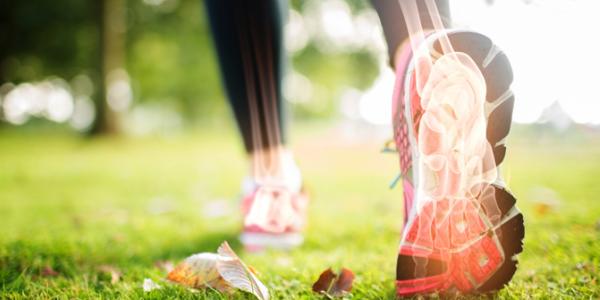Osteoporosis is most common among older women, but it strikes younger people, including men, too. Here’s what you need to know.
By Stacy Whitman
- Osteoporosis is a chronic condition of weak and fragile bones that carries an elevated risk of fractures and death.
- About 10.2 million Americans aged 50 and older already have osteoporosis, and another 40 million have low bone mass.
- One in two women and up to one in four men over age 50 will break a bone due to osteoporosis.
- Bone deterioration can start as early as your 30s and speeds up in midlife in both men and women.
- It’s important to get tested and treated for osteoporosis before suffering a fracture.
Keeping your bones strong and healthy as you age may not be one of your top priorities—but it should be. Approximately 10.2 million Americans over the age of 50 develop osteoporosis, a disease that causes bones to gradually thin and weaken. About 40 million more suffer from low bone mass, also known as osteopenia. In the United States, osteoporosis causes more than 1.5 million fractures each year, sometimes resulting in loss of independence and, in about 20 percent of cases, loss of life.
Fortunately, osteoporosis is both preventable and treatable—and experts say that the sooner you start working on your bone health, the better.
What is osteoporosis?
Our bones are dynamic living tissues that are constantly being broken down and rebuilt. According to the National Osteoporosis Foundation, osteoporosis occurs when our bodies lose too much bone, make too little bone, or both. Eventually, bones become thinner and more porous, making them susceptible to fractures, particularly in the spine, hip and wrist.
Many people think of osteoporosis as a problem exclusive to elderly women. While it’s true that 80 percent of Americans who suffer from osteoporosis are female, many men age 50 and older develop it, too. Approximately one in two women and one in four men age 50 and older will break a bone due to osteoporosis during their lifetime.
You can have osteoporosis for many years and not know it, which is why it’s referred to as a silent disease. Most people don’t have any symptoms until a bone fracture happens. At that point, you’ve lost valuable time in preventing and treating the disease.
According to the Cleveland Clinic, it’s very important for both men and women to get tested for osteoporosis before they suffer a fracture. Proper treatment can help reduce the risk of fractures in people with osteoporosis and osteopenia.
Who should have a bone density test?
The U.S. Preventive Services Task Force recommends bone density screenings for the following groups:
- All women ages 65 and older
- Postmenopausal women with at least one clinical risk factor (low body mass, heavy alcohol consumption, smoking, family history, previous fractures, taking medications such as prednisone and anti-seizure)
- All men age 70 and older
- Men ages 50 to 69 with significant risk factors (including a previous fracture after age 50).
The most commonly used bone measurement test is called central DXA or DEXA. It’s an easy and painless test that takes about 5 or 10 minutes. You simply lie on a table as a very low-radiation X-ray is used to measure that amount of calcium in your hip and lumbar spine.
Boning up
If your bone density screening reveals osteoporosis, your physician will likely recommend medication to slow the bone loss. In addition, you can take these steps:
- Move it or lose it. Regular weight-bearing and muscle-strengthening exercise is important for preventing bone loss and fractures. Jogging, hiking, climbing stairs, and weight training are all recommended activities. Aim for at least 30 minutes of moderate exercise a day.
- Get enough calcium and vitamin D. If you’re over age 50, aim for 1,200 mg of calcium and 800 to 1,000 IU of vitamin D daily. Dairy products, supplemented foods such as oat milk, and leafy greens including kale and collard greens are some of the best sources. Calcium is best absorbed when consumed in small amounts throughout the day along with other food sources.
- Don’t drink in excess or smoke. Alcohol and the chemicals in cigarettes and vapes are detrimental to bone health.
- Check your meds. If you take a medication for another condition, ask your doctor how it might affect your bone health.
- Protect your spine. If you have osteoporosis, consider limiting or avoiding activities that involve twisting your spine and bending forward from the waist, such as conventional sit-ups, toe touches, and swinging a golf club. Ask your physician for advice.
SOURCES:
When (and Why) Should I Start Screening for Osteoporosis (Cleveland Clinic)
WHO: Recommendations for Preventing Osteoporosis: https://www.who.int/dietphysicalactivity/publications/trs916/en/gsfao_osteo.pdf
Osteoporosis and Bone Density Tests (WebMD)
